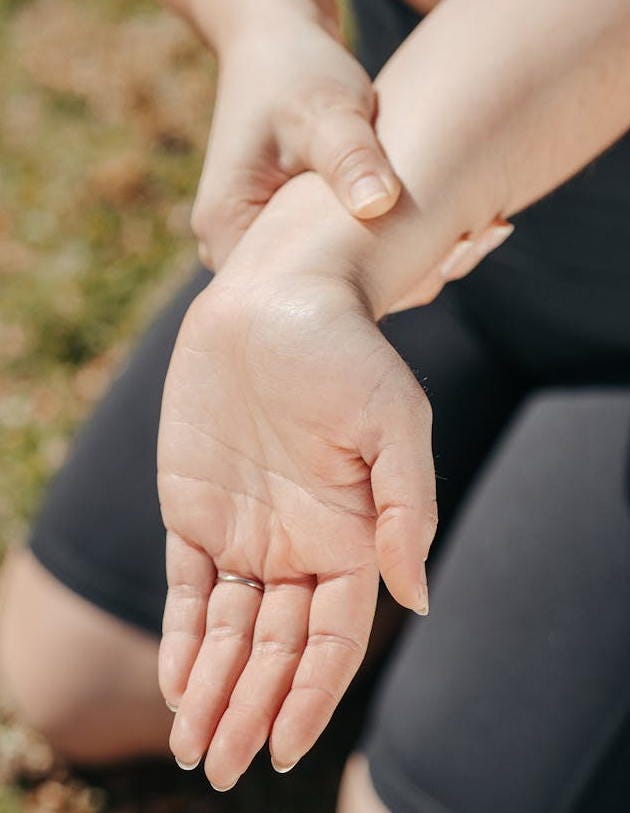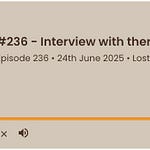“Pain is, indeed, ‘all in the head’ because the brain is located in the head,
and the origin of pain resides in the brain.” — Canadian Psychological Association
Caution: do not listen to this hypnotic induction is you are driving a car, operating machinery, or doing anything that requires your attention.
Nerve Pain
Two weeks ago, I woke up with searing lower back pain that made it difficult to move or stand. I thought it was muscle pain, but I knew of no stress that would have caused it. Over the subsequent weeks, as the pain lessened, I concluded it was a nerve issue.
A pinched nerve can be caused by bone, muscle, or cartilage pressing, squeezing, or irritating a nerve. Recovery can be complicated because moving both strengthens and relaxes the area, but also further irritates the nerve. Rest and support are helpful, but lead to further weakening and stiffening. Recovery can be slow, and exercise can be beneficial, detrimental, or both.
Inflammation is the body’s normal response to injury. Inflammation is an increase in blood supply along with a swelling of tissues. Greater blood flow aids in recovery, and swelling makes motion more difficult. But when pressure is the problem, swelling can make the problem worse. We’d like to have rest without stiffness, and motion without pain.
MedicalNewsToday has a webpage on pinched nerve pain in the lower back where they review the standard approach (https://www.medicalnewstoday.com/articles/pinched-nerve-in-lower-back). As you would expect, this involves rest, pharmaceuticals, or surgery. There is no mention of the role of the mind, anything that can be done with the mind, or any connection between the mind and body. In contrast, a psychosomatic approach recognizes that the state of one’s mind can play a role in both the origin and solution of the problem.
At a simple level we know mind and body are connected, and allopathic doctors would agree. Anxiety, stress, depression, and exhaustion can contribute to any problem, but allopaths do not consider these to be the origin of the problem. Body-centric medicine sees only the body-symptoms, and a mechanistic cure is viewed as the only real solution.
Hypnosis
Hypnosis works with the mind, and with the mind’s largely receptive connection to the body. But it seems to go beyond that. It seems that hypnosis can speak directly to the body. Hypnosis can reduce inflammation and double the speed of healing from surgery, but it’s unclear how.
The brain receives sensory signals from the body more than it sends signals to it. You have intentional control over a few of your muscles, but most muscles respond to instructions through coordinated, unconscious actions. You are reminded of this by the pain of trying to move an injured area. The pain tells you what not to do.
In some cases, we see the effect of hypnosis without a person’s intentional awareness. In addition to reducing inflammation, hypnosis can create local anesthesia, reduce blood flow to selective organs, and cause a loss of voluntary control. It can cause warts to fall off, and warts are the result of a foreign virus. These are things we cannot do intentionally.
It follows that hypnosis should be able to aid in the healing of nerve pain. On that presumption, I’ve created the following self-hypnosis induction to relieve nerve pain.
A Story of Comfort and Calm
Begin by settling into a comfortable position. If you’re feeling pain, then focus on the feelings of comfort everywhere else. Make the painful place small and the comfortable places large. Recognize pain as a sensation you can attend to or ignore. Comfort is the absence of having anything calling for your attention.
Focus on your scalp behind your ears and over the top of your head. Focus on the sense of quiet that comes with being still. Become aware of your pulse that seems to idle below whatever you’re paying attention to. Feel this subtle beat that provides a tempo to your attention. The very act of focusing on anything follows the beat of your heart and the larger rhythm of your breath.
Hear stillness as a sound. A hum in the room, a pulsing in your fingers, or a ringing in your ears. There is no such thing as complete silence, only a sense of flatness in the background. We all have moments when the background becomes quiet and we’re struck by the silence, but the hum soon returns.
Take a breath and close your eyes. Step back from the geography of your body to recognize the textures, vibrations, and sensations in your body and on your skin. While this is familiar, it is not constant. It changes with your posture, stress, and where you direct your attention.
To purchase this self-hypnosis induction as a stand-alone MP3 audio file, go to the product area of my website at:
https://www.mindstrengthbalance.com/product/a-hypnotic-approach-to-nerve-pain/
But if you’re a paying subscriber to this blog, simply go to the bottom of this post to find a link to download the MP3 audio file for free.
Listen to this episode with a 7-day free trial
Subscribe to Stream of Subconsciousness to listen to this post and get 7 days of free access to the full post archives.















